2017 Smart Electric Drive Review

Smart has been an interesting experiment in urban mobility. On paper, these tiny runabouts are an ideal transportation option for residents of densely packed megalopolises around the world.
But reality is often strikingly different from theory. In practical terms, these cars haven’t been all that popular, at least not in North America.
All told, some 2 million have been sold since Day One, but regrettably for parent company Daimler, a sparse handful of those have been in the U.S. Fewer than 7,500 left dealerships in all of 2015, a year-over-year decrease of more than 28 percent. In comparison, Toyota delivered about that many Corollas every single week last year.
Still, hurricane-force headwinds haven’t stopped this brand from continuing to forge ahead in North America. Its totally redesigned Smart coupe debuted last year, the Cabrio version of this car just hit showrooms and now it’s time for the all-new Electric Drive model to take a stab at amping up sales.
Best of its BreED
The Smart ED (Electric Drive) offers the same unprecedented agility, minuscule turning radius and youthful demeanor as its gasoline-powered sibling, combined with emissions-free operation and startling off-the-line punch.
FAST FACTS
| Motor: | Three-phase synchronous |
| Output: | 80 horsepower, 118 lb-ft of torque |
| Transmission: | Fixed ratio |
| Estimated Range: | Between 70 and 80 miles |
| Estimated Pricing: | $23,816 (CDN $31,980) |
Indeed, the combustion-powered coupe’s severe turbo lag is nonexistent, as it punches hardest at a standstill. There’s no waiting, no stuttering, no shuddering, just bury the accelerator and this EV storms ahead on a wave of torque.
When it comes to driving, this is unquestionably the best Smart available, responsive, smooth and quiet, all things the combustion-powered version isn’t because of its laggardly engine and sometimes-brusque dual-clutch transmission.
Inside, you get the same decently trimmed cabin, with respectable materials and switchgear throughout, save the headliner, which is noticeably cheap, appearing to be made of reclaimed dryer lint.
Special EDition
Replacing the combustion model’s generally uncouth propulsion system is an all-electric drivetrain. A three-phase synchronous motor provides the punch, delivering a veritable stampede of ponies, 80 horsepower in total. Torque measures 118 lb-ft, 23 percent more than the 96 available in the previous Smart ED.
Engineers corrected the gasoline-powered model’s less-than-perfect six-speed dual-clutch automatic gearbox by dumping it entirely. That baby got tossed out with the bathwater, rubber ducky, and tear-free shampoo. Guaranteeing that the Smart ED will never have any shift-quality woes, it has no transmission at all; a single, fixed ratio drives the rear wheels.
Providing this car with an estimated driving range of between 70 and 80 miles is a 17.6 kWh lithium-ion battery pack. This rectangular electron reserve is mounted right beneath the driver and passenger’s feet, providing a low center of gravity, which should help improve vehicle handling.
Liquid cooled for enhanced performance in a wide range of temperatures, this 96-cell unit was developed and manufactured by Deutsche Accumotive, a wholly owned subsidiary of Daimler. Beyond the Smart ED, they also produce batteries for Mercedes-Benz.
Helping extend the length of time it can go between recharges is radar-based regenerative braking. A sensor monitors surrounding traffic and automatically alters how aggressively the Smart ED stores energy while decelerating, which is enormously clever, though curiously it’s something that will not be offered in U.S.-market vehicles, at least not at launch.
Standing behind its product, the ED’s lithium-ion battery is guaranteed for eight years or 62,000 miles (100,000 kilometers). Should more than 30 percent of its capacity diminish during that warranty period, the company will replace it.
As for charging times, this Smart’s battery can be fully replenished in 16.5 hours using a standard 120-volt, 12-amp electrical outlet. Speeding things along, customers with access to a 240-volt, 32-amp outlet can achieve the same feat in a scant three hours.
Helping you keep an eye on this progress is the Smart Control app, which is available for both iOS and Android devices. Like other systems from competing automakers, it allows you to keep tabs on tire pressure, stay on top of the service schedule and even pre-condition the vehicle’s interior so it’s at a comfortable temperature when you’re ready to set out on a trip.
Regrettably, the Smart car has gained a bit of weight during its transformation into an electric vehicle. An official curb weight is not available at this time, but we’ve been told the car is roughly 300 pounds huskier than a standard coupe, which clocks in at around 2,050 pounds.
ThE Drive
As mentioned several paragraphs ago, the Smart ED’s drivetrain is a massive improvement over its combustion-powered counterpart. Smooth, silent and responsive, it’s everything you expect in a modern motorcar.
This urban runabout accelerates briskly off the line, where it’s abundant torque punches like an MMA fighter. This makes the ED feel quicker than its acceleration numbers would suggest. The car will scamper to 60 miles an hour in a claimed 11.4 seconds, which is adequate at best.
Fortunately, most Smart ED owners won’t be racing for pink slips on Saturday nights or blasting down the freeway at extra-legal speeds. Like its brethren, this car is most at home in congested areas where it’s incredibly tight turning radius (a claimed 22.8 feet) and minuscule footprint are huge assets. They make it a snap to maneuver around lumbering traffic or park in spaces that would be tight to squeeze a bicycle into.
ALSO SEE: 2017 Smart Fortwo Cabrio Review
As with the Cabrio model I tested a couple months ago, Smart’s latest ED pitches over bumps and rolls generously through corners. Its body motions over rough pavement are somewhat exaggerated, likely due to its ultra-short wheelbase, which measures a curt 73.7 inches; overall length is just 106.1 inches, less than nine feet! On the plus side, the battery pack’s added mass seems to provide a more compliant ride, though the tradeoff is dubious as it’s really heavy.
The transition from regenerative to friction braking is smooth. Overall, there’s nothing to complain about here.
ThE verDict: 2017 Smart Electric Drive Review
With an all-new drivetrain, the Smart ED Coupe is simply the best version of this super-compact car. Its refinement and performance are leagues ahead of what the gasoline-powered model can muster.
However, this car is not for everyone. It’s most suited to urbanites that desire personal transportation but don’t want the hassles of parking or fueling a larger vehicle. For these customers, the Smart ED Coupe is ideal but for drivers residing the vast swaths of red-state America, it’s simply not an option.
If you’re considering a Smart car and understand its unique benefits – and challenging downsides – the ED is the one to get. The coupe version is set to launch in the U.S. next spring, with a sporty Cabrio variant following in the summer, just in time for drop-top driving.
Official pricing has not been announced at this time, but the 2017 Smart ED Coupe starts at around $23,816 in Germany. Despite the inclusion of that country’s 19 percent value-added tax we’ve been told this is a reasonable estimated base figure for the American version. Look for more detailed information on this subject closer to the car’s on-sale date.
Discuss this story on our Smart Forum
LOVE IT
- Smooth electric drivetrain
- Tight turning radius
- Torque response
- Easy to park
LEAVE IT
- Not a strong value
- Cheap headliner
- Choppy ride

Born and raised in metro Detroit, Craig was steeped in mechanics from childhood. He feels as much at home with a wrench or welding gun in his hand as he does behind the wheel or in front of a camera. Putting his Bachelor's Degree in Journalism to good use, he's always pumping out videos, reviews, and features for AutoGuide.com. When the workday is over, he can be found out driving his fully restored 1936 Ford V8 sedan. Craig has covered the automotive industry full time for more than 10 years and is a member of the Automotive Press Association (APA) and Midwest Automotive Media Association (MAMA).
More by Craig Cole



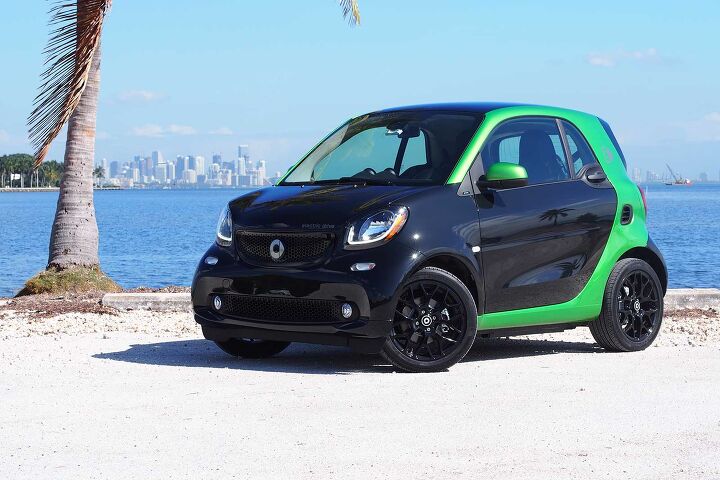
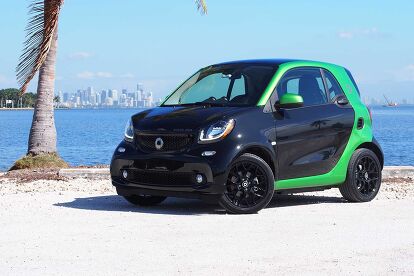















































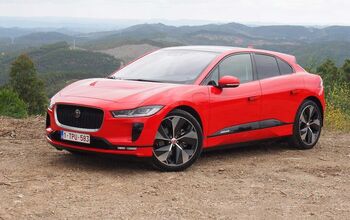

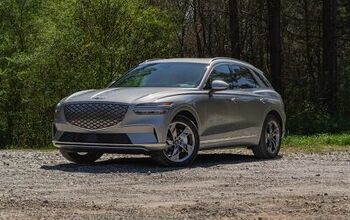
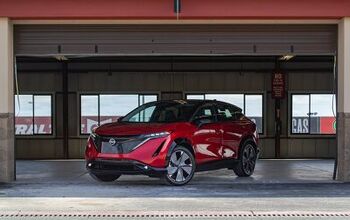
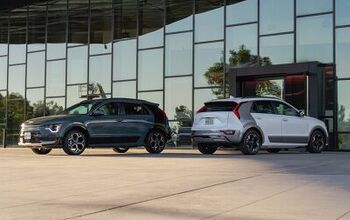

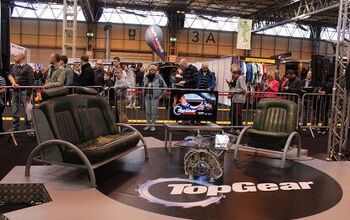
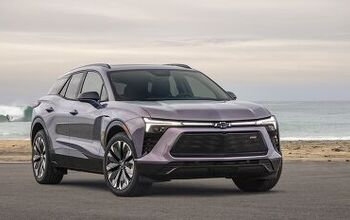

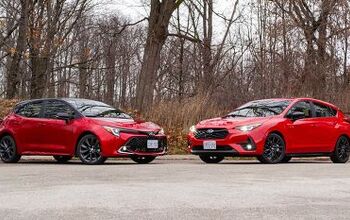


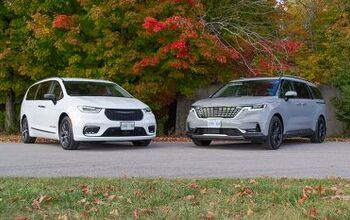
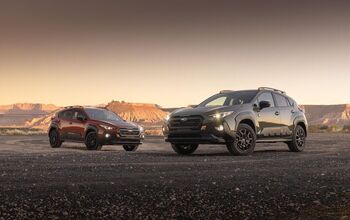
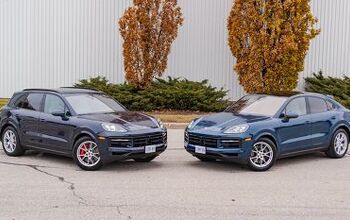
Comments
Join the conversation
I will never complain about mileage or weight or cost of my Smart car. Most of the problems noted by others comparing Smarts with other small cars are not taking safety, a crucial factor for a small car, into account, My Smart car actually had a serious accident one of the first times I drove it. thanks to its powerful engine and insanely tight turning radius, (and really bad roads - and one of those chaotic panic driving situations) sailed through the air and down a steep bank - side scraping a couple of trees (thank goddess!)- and landed twelve feet below my starting place. BUT I walked away! The tridiron steel shell - and the airbags - which - unlike those in other cars - surrounded me - allowed me to survive with minimal physical damage. We are seriously considering replacing our late, lamented,and totaled 'Pumpkin' (gas powered 2016 Smart car) with a 2017 ED. But we live in a hilly area with poorly designed and poorly maintained roads. I could live with a rough ride, but going down a steep hill, I shift into second gear to avoid riding the brake. This braking power downhill is never mentioned in specs which boast of time to reach 60 mph. How does a 2017 ED cope with hilly, steep, bumpy narrow dangerous roads?
Really cool, but 70-80 mile range makes it uncomfortably tight range for my daily commute of 50 miles total. Add in a doctor visit or grocery run with no way to charge at work and it's just outside what I think is realistic for me. Dang, I had hopes it would be in the 100+ mile range.